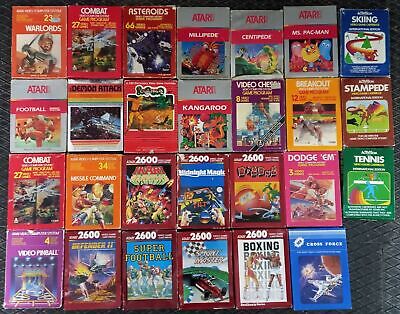
Take a journey through time as we explore the pivotal moments that have defined the tech industry. From the emergence of personal computers in the 1970s to the AI-driven innovations of the 2020s, this blog highlights the key developments that have shaped our digital lives. Whether it’s the rise of graphical interfaces or the internet boom, these flashbacks provide insight into how far technology has come—and where it’s heading next.

The Internet Revolution: Connecting the World
The tech industry has undergone tremendous transformation over the past few decades, driven by innovation, competition, and the relentless pace of change. From the introduction of the microprocessor that powered early personal computers to the AI-enabled devices of today, each chapter in tech history marks a leap forward. This article takes a brief look back at some of the most significant moments in the tech industry—from iconic product launches to major shifts in how we interact with technology—offering a clearer picture of how the past continues to shape the digital present.
A brief look back at significant tech industry moments
Here’s a glance at some pivotal moments and trends in the tech industry:
-
The Dawn of Personal Computing (1970s):
- The invention of the microprocessor made smaller, more affordable computers for personal use possible.
- Companies like Apple (Apple II, 1977) and IBM (IBM PC, 1981) introduced personal computers to a wider audience, revolutionizing how people interacted with technology.
- Early personal computers like the Apple II and the Commodore 64 brought computing into homes and small businesses, according to Microsoft.
- The first spreadsheet program, VisiCalc, initially exclusive to the Apple II, significantly boosted the computer’s sales.
-
The Rise of Graphical User Interfaces (1980s):
- Apple’s Lisa (1983) and Macintosh (1984) introduced the graphical user interface (GUI) to the mass market, making computers more user-friendly with features like a mouse and icons.
- In 1985, Microsoft introduced Windows, which eventually emerged as the leading operating system for personal computers.
-
The Internet Revolution (1990s and beyond):
- The World Wide Web, proposed by Tim Berners-Lee in 1989, became publicly available in 1991, changing how people accessed information and interacted.
- Corbin Ball notes that the broad use of web browsers and the growth of internet infrastructure played a key role in shaping today’s digital world.
-
Mobile Computing and Beyond (2000s and today):
- The launch of the iPhone in 2007 ushered in the modern smartphone era, combining telephony, internet access, and computing power in a single device.
- Cloud computing, AI, and the Internet of Things are shaping the future of personal computers and technology in general.
- Advancements in AI, particularly in areas like large language models and autonomous systems, continue to drive innovation and transformation across industries.
-
Recent Developments (2020s):
- The early 2020s witnessed a rise in PC sales, driven by the shift to remote work and online learning during the pandemic.
- The integration of AI capabilities into PCs is a growing trend, with forecasts predicting a significant rise in AI-capable PC shipments in the coming years.
This brief overview highlights some major leaps in the tech industry, showcasing how continuous innovation and adaptation have shaped the digital landscape.






